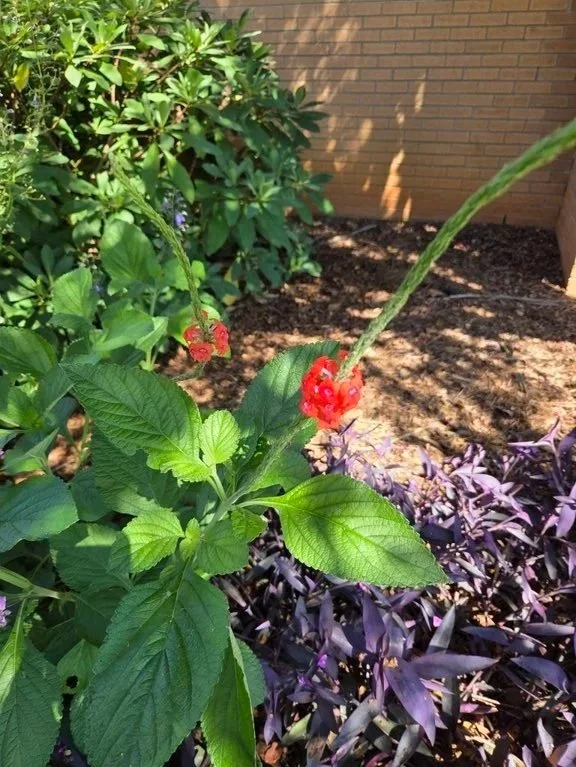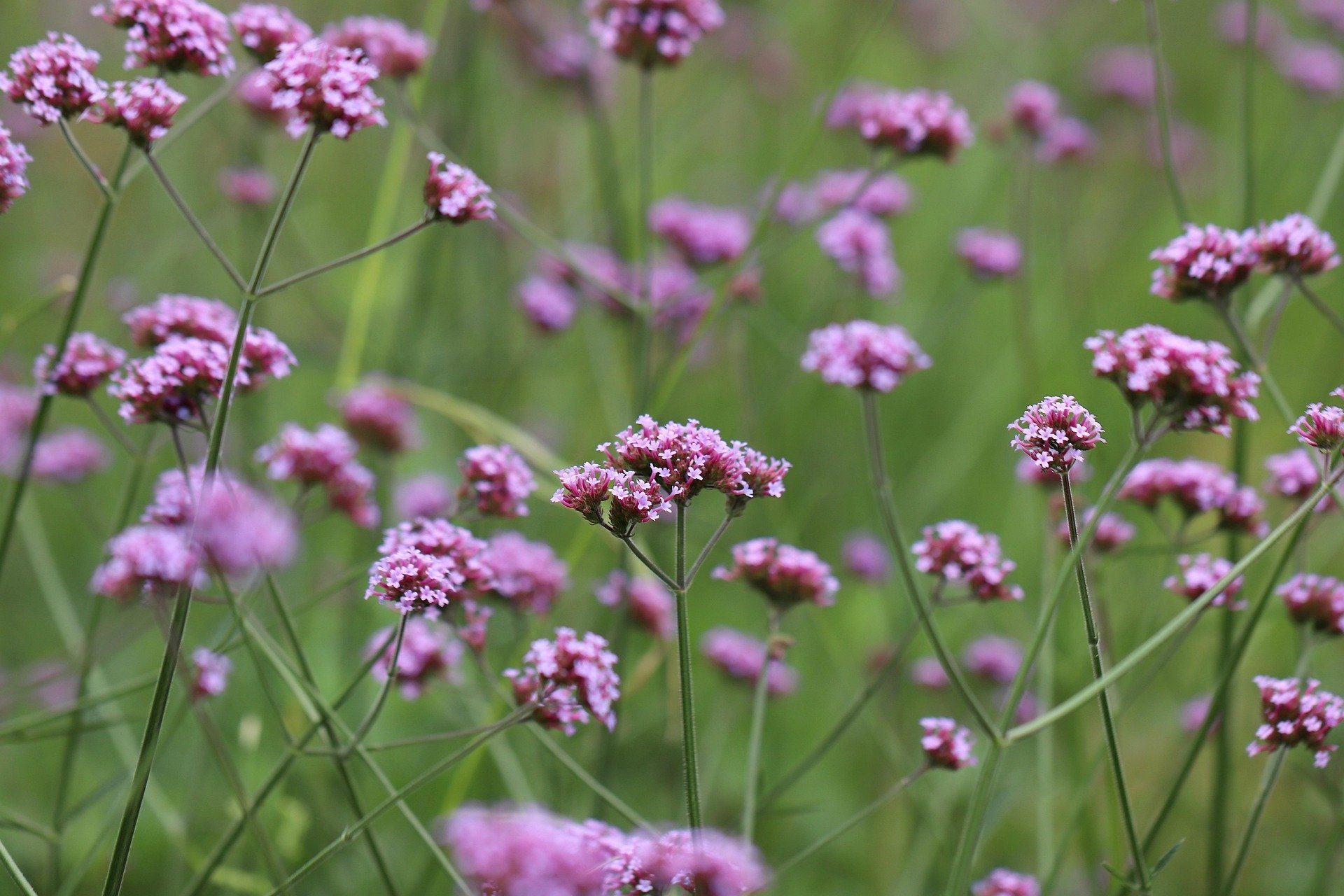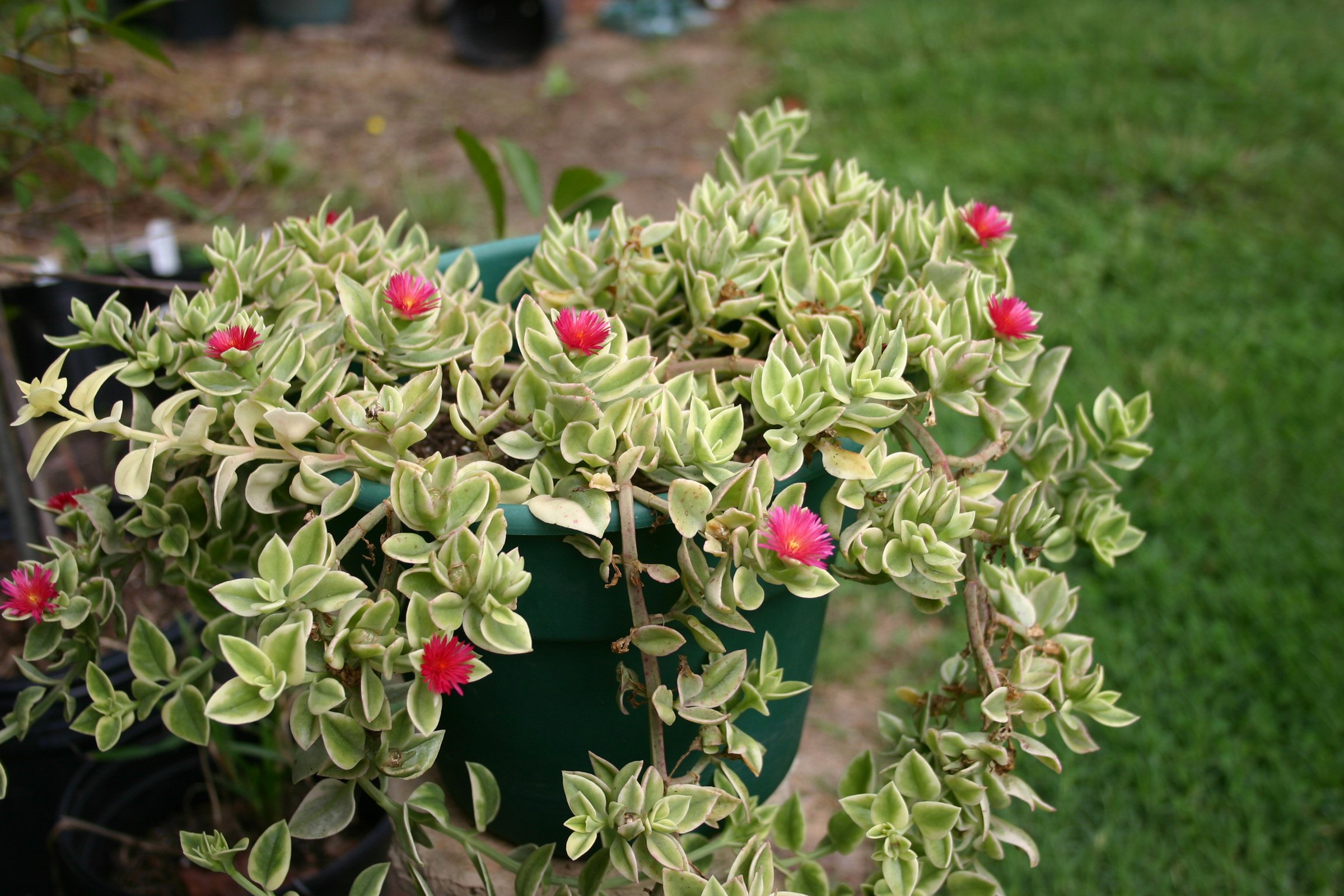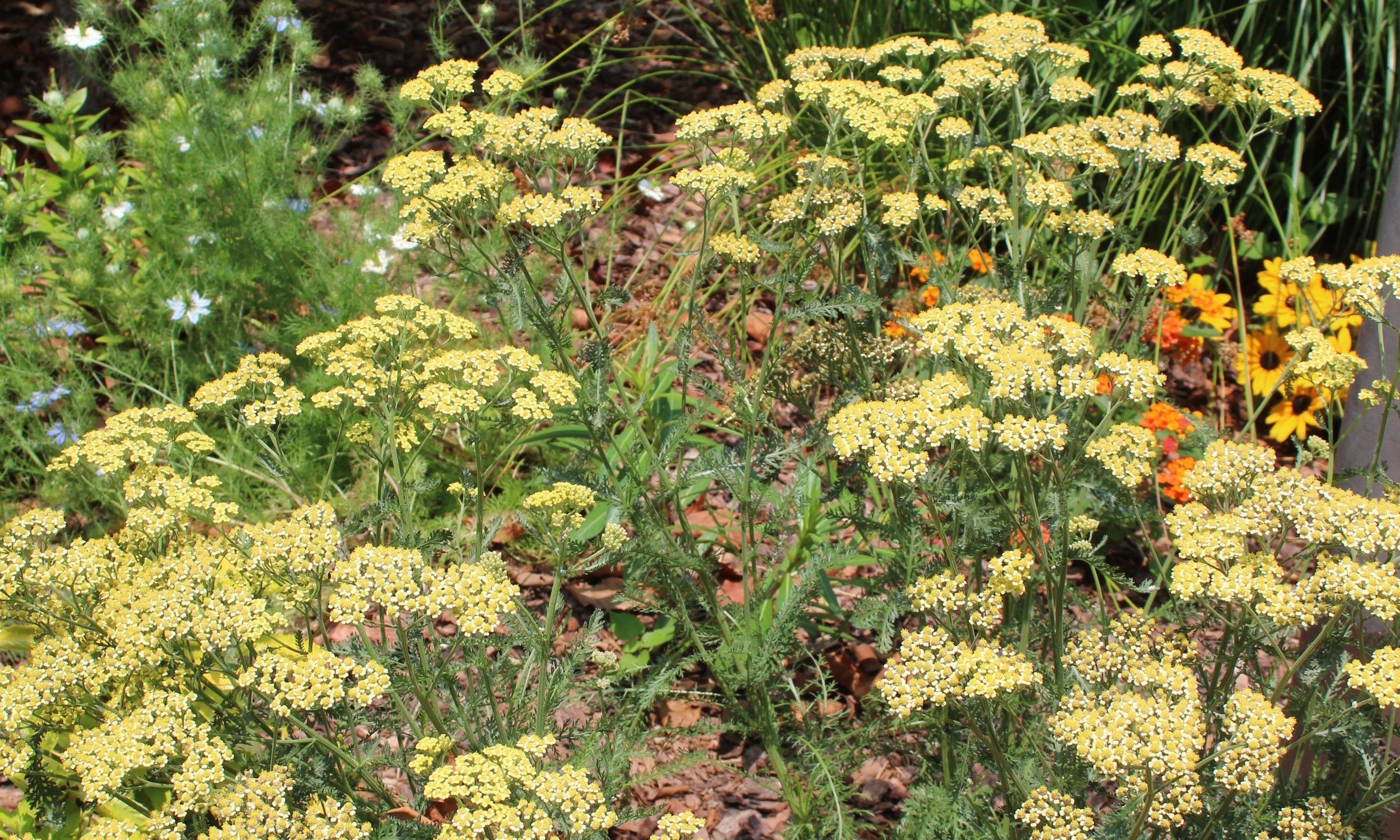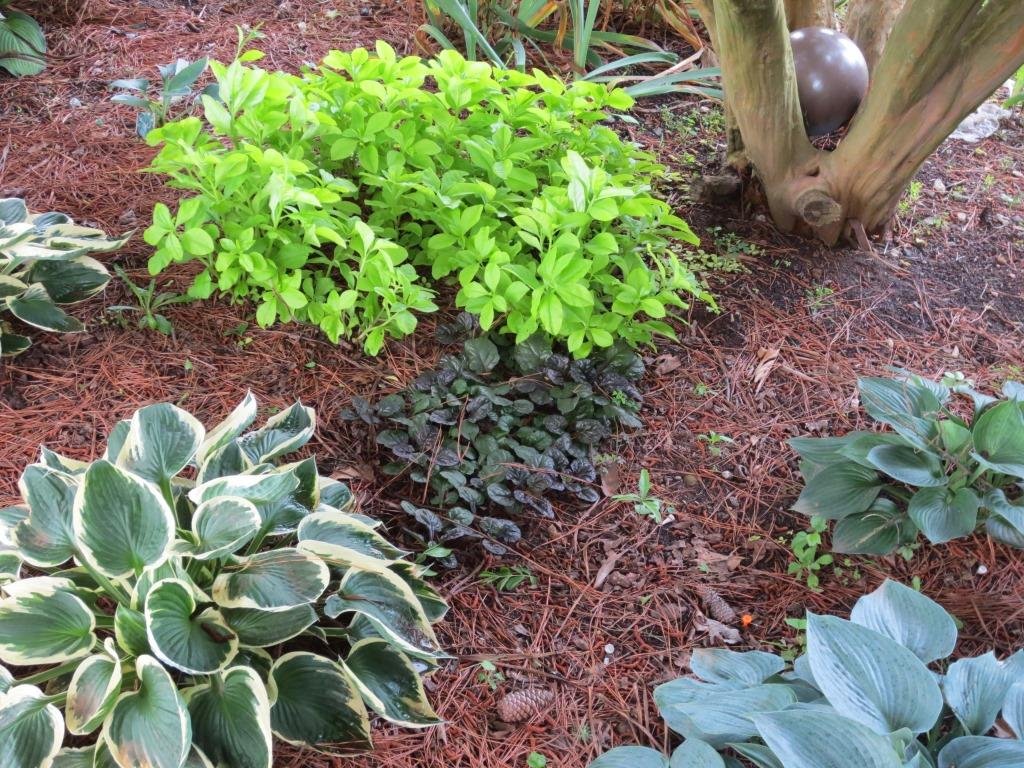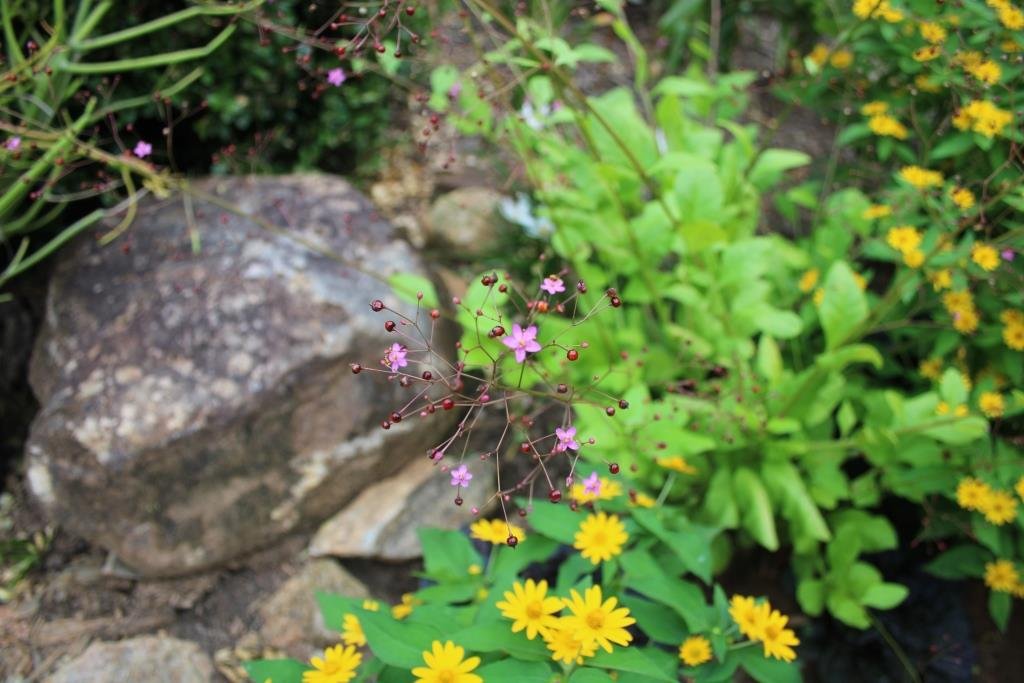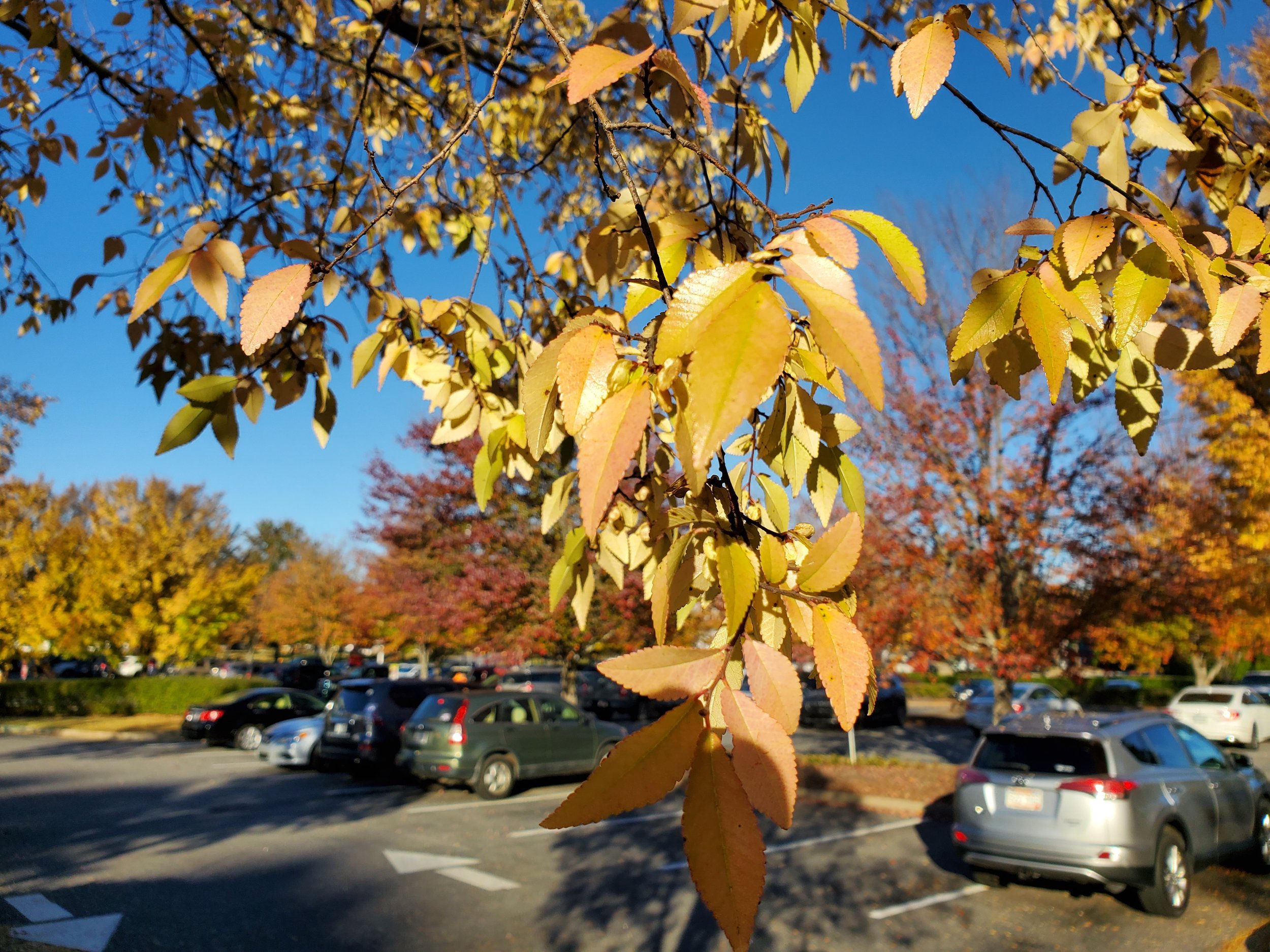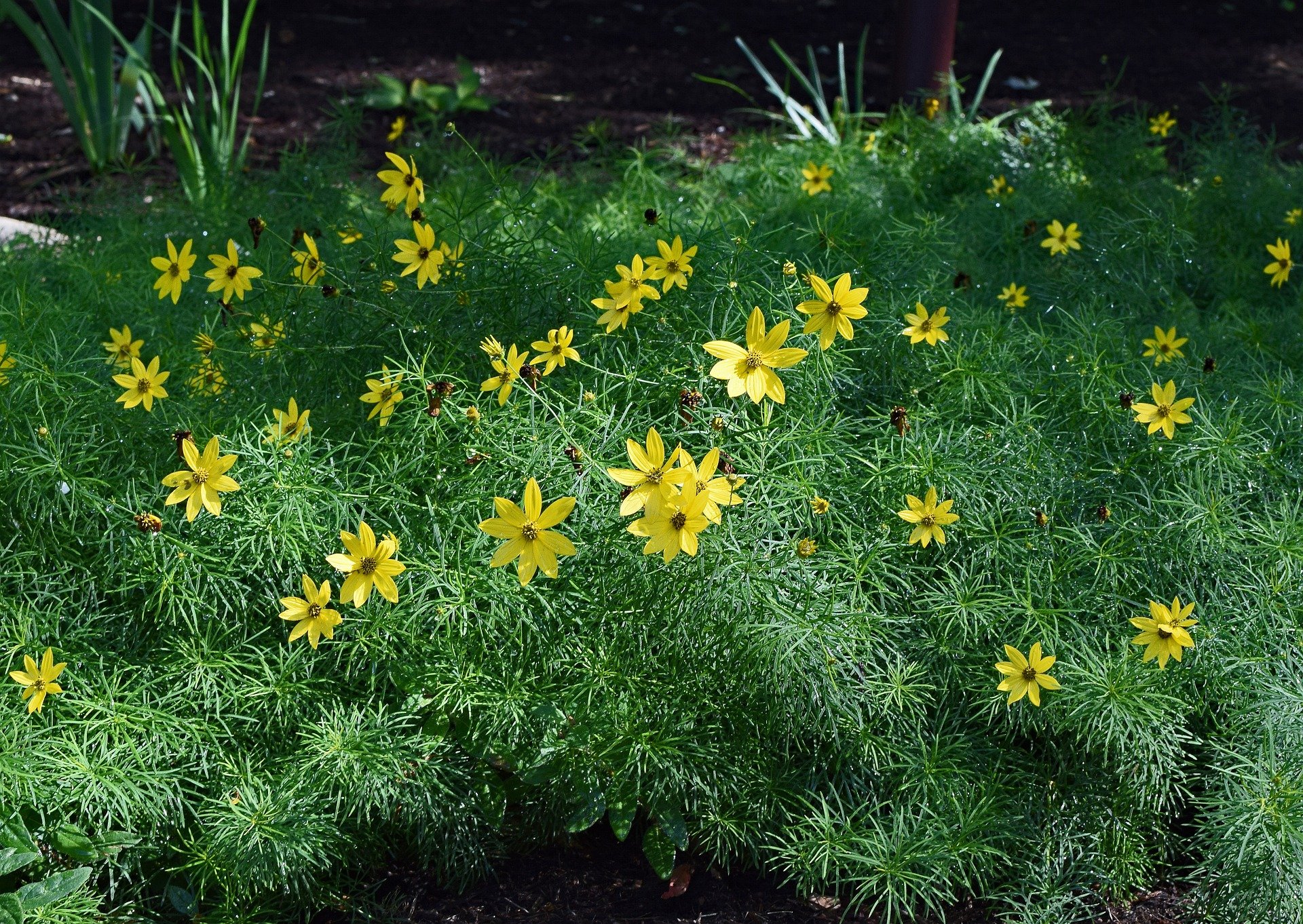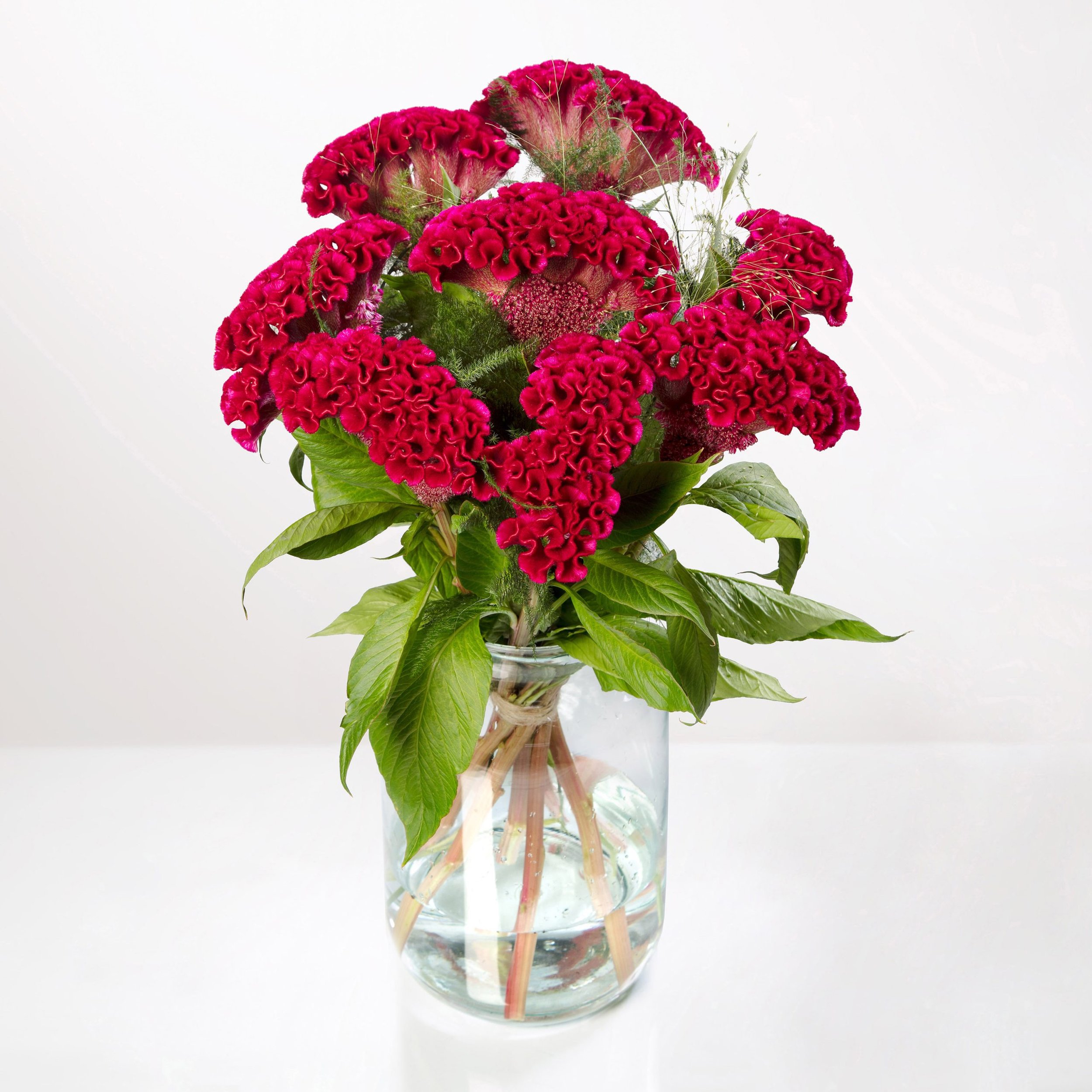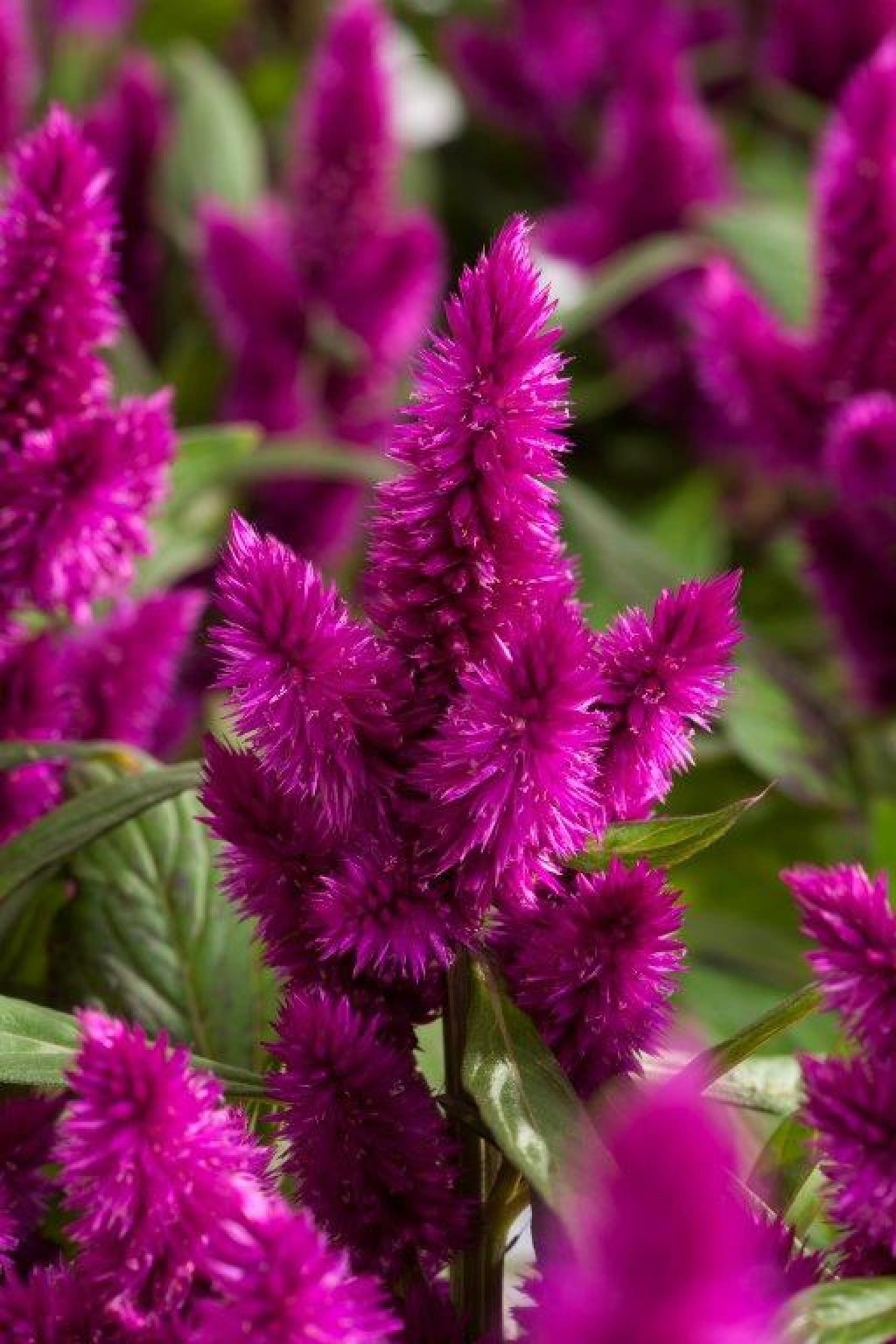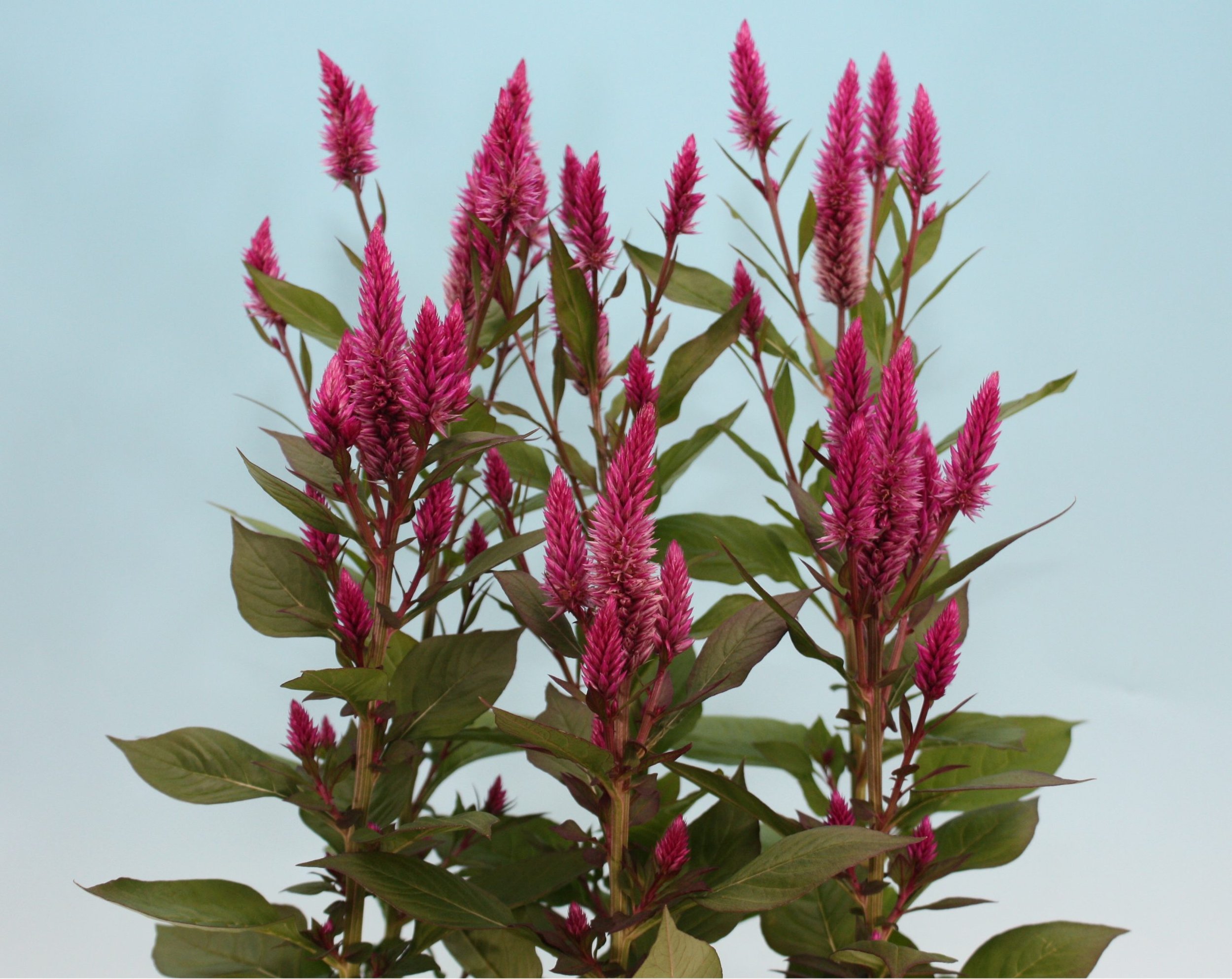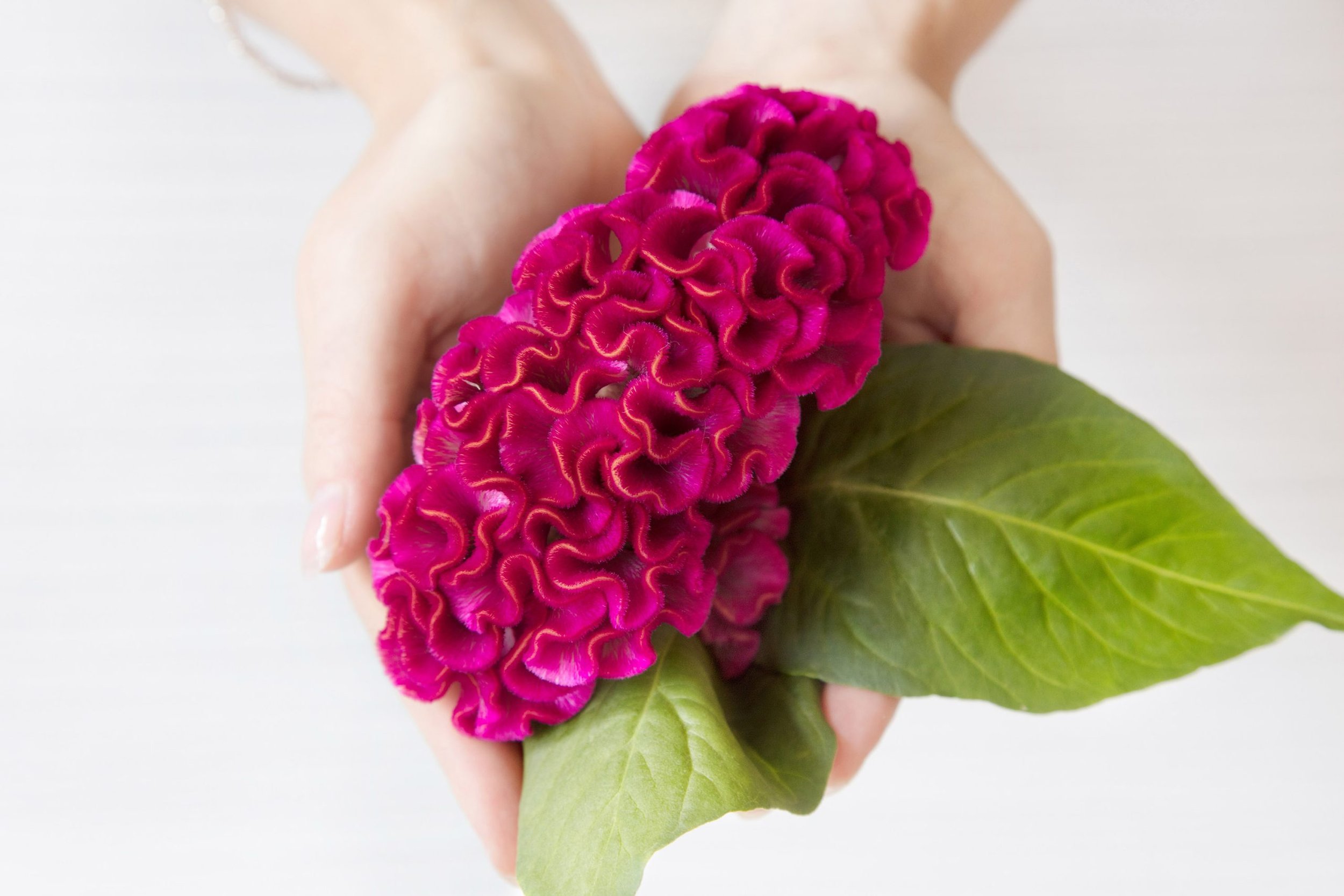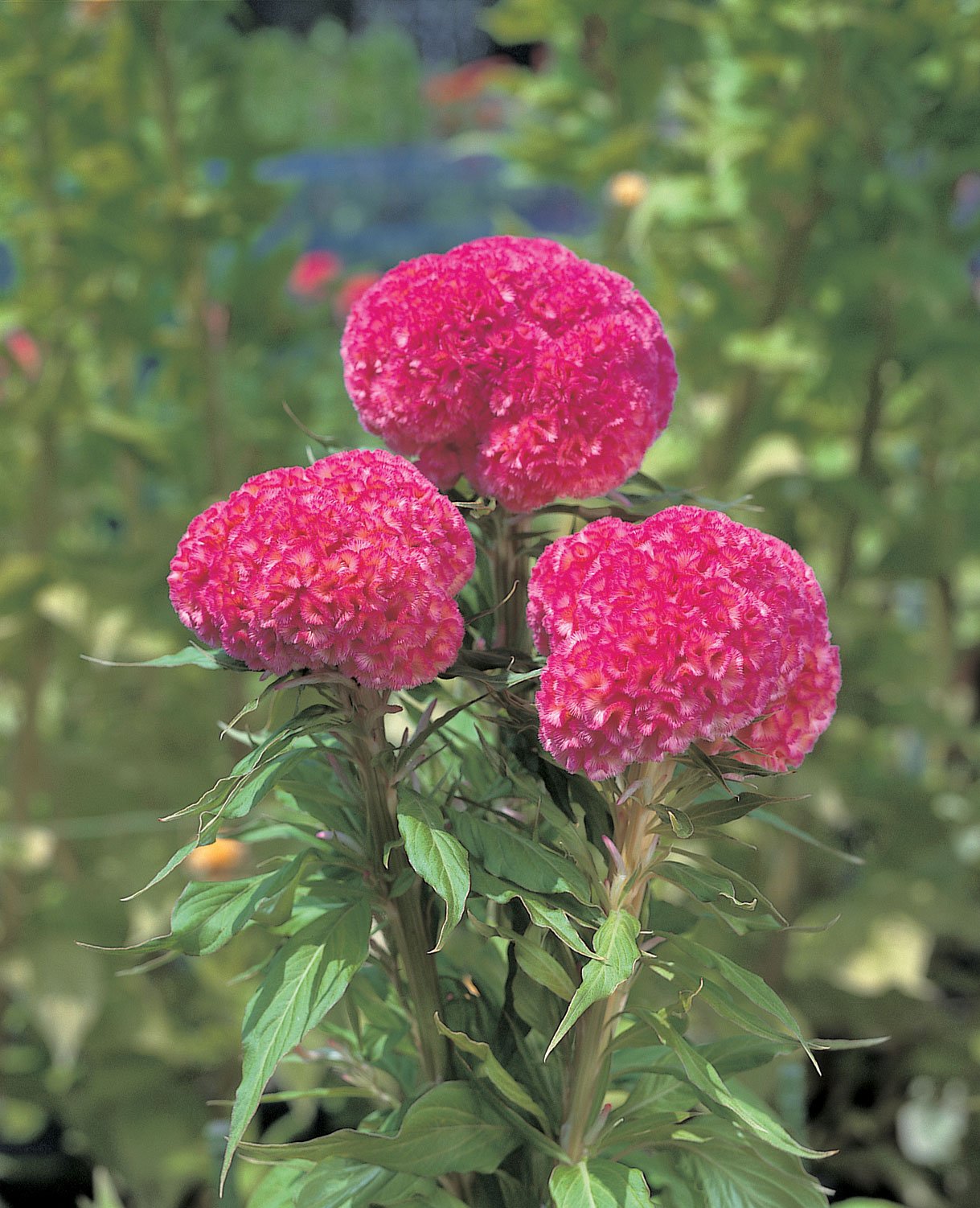This spring, I spotted an unfamiliar plant at a local arboretum. I made a mental note to research it; I promptly forgot. I saw it again last week. The flowers were covered in butterflies and the plant was just as weird looking as I remembered. Porterweed, Stachytarpheta, pronounced stake-kee-tar-FEE-tuh, is native to the Caribbean. It is common in the southernmost parts of Florida. If you crave the unusual for your garden, this is the plant for you.
Porterweed is winter hardy only in zones 10 and warmer. Grow it as an annual in cooler zones. Where is it perennial, Porterweed may reach a height of six feet and can be used for informal hedges. In zones 7 and 8, three feet is a reasonable estimate for single-season growth. Porterweed wants full sun but will tolerate light shade at the expense of reduced flowering. Porterweed loves heat. When grown as an annual, it will bloom continuously from late spring all the way to frost. Provide well-draining soil to avoid root rot issues, and plan to irrigate regularly to keep this sub-shrub looking its best. Where native soil is heavy clay, it is likely to be happiest when grown in a container. Give it a slow-release fertilizer at planting time, and provide a liquid feed booster once or twice in the growing season. All those flowers take a lot of energy!
While flower stems are generally upright, some twist around in a loose alien orbit. Flower stems on the plants I observed were 24 to 30 inches in length. The plants are self-cleaning, which means their spent flowers shed without help from the gardener. Remove spent stems for a neater appearance. I spotted three colors: blue, purple, and a reddish-coral. The coral plants were shorter than their purple cousins, so I believe them to be a different species within the same genus.
Porterweed’s long flowering period and heavy nectar production makes it an ideal choice for pollinator gardens.


